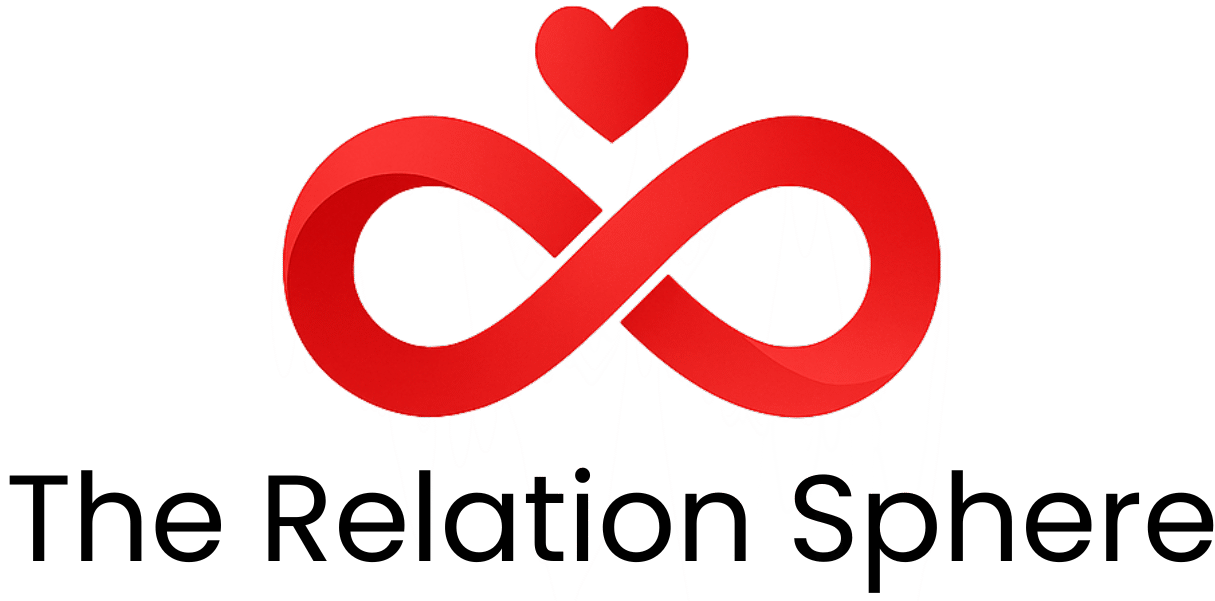1. Introduction
In today’s dynamic work environment, workplace friendships play a crucial role in fostering camaraderie, enhancing collaboration, and creating a positive atmosphere. However, while forming genuine connections with colleagues can bring numerous benefits, it is equally important to establish clear boundaries to maintain professionalism and prevent conflicts. Knowing where to draw the line in workplace friendships can help ensure a balanced, respectful, and productive work setting. This comprehensive guide will delve into the significance of workplace friendships, practical ways to nurture healthy relationships, and how to set and maintain effective boundaries for a harmonious professional environment.
2. The Importance of Workplace Friendships
Building authentic connections with colleagues not only boosts job satisfaction but also enhances overall productivity. When coworkers develop genuine friendships at work, communication tends to improve, fostering a spirit of teamwork that benefits everyone. These positive relationships can reduce stress levels, increase motivation, and create a more enjoyable and supportive workspace. Moreover, engaging in meaningful workplace friendships can lead to better collaboration, leading to more innovative solutions and improved work outcomes. Nevertheless, it’s vital to differentiate friendly interactions from overstepping boundaries that could compromise professionalism. For effective relationship building, investing in tools like The Seven Principles for Making Marriage Work can provide valuable insights into healthy relationship dynamics applicable in workplace contexts.

3. Recognizing Healthy Professional Boundaries in Workplace Friendships
Healthy workplace friendships are built on mutual respect, trust, and an appropriate level of personal sharing. Setting boundaries ensures that such relationships do not interfere with job responsibilities or create discomfort among colleagues. Examples of essential boundaries include maintaining confidentiality, respecting colleagues’ personal space, and avoiding overly personal or sensitive conversations during work hours. Establishing these limits allows colleagues to feel safe and valued without blurring the line between friendship and professionalism. To deepen your understanding of relationship boundaries and emotional intelligence, consider exploring The Inner Work of Relationships, which offers insights into healing and authentic connection.
4. Where to Draw the Line in Office Friendships
Clearly defining where to draw the line is essential to prevent workplace friendships from devolving into unprofessional territory. Carefully consider the following areas:
- Personal Space and Privacy: Respect colleagues’私人生活, avoiding pry into sensitive or personal issues unless invited.
- Communication Limits: Maintain friendly, professional conversations and steer clear of controversial or overly personal topics.
- Socializing Outside Work: Be cautious about extending friendships beyond the workplace, especially if it risks blurring professional boundaries. Utilise fun tools like 50 Scratch-Off Date Night Ideas to strengthen your personal relationships outside work appropriately.
- Favoritism and Bias: Ensure personal relationships do not influence work decisions or perceptions, preserving fairness and integrity in the workplace.
Understanding these boundaries helps prevent misunderstandings and maintains a fair, respectful environment for all team members.

5. Maintaining Professionalism Despite Friendship
While forming friendships at work is natural and often beneficial, maintaining professionalism is paramount. Simple gestures like exchanging greetings or brief chats can foster camaraderie, but it’s essential to keep interactions respectful and focused on work-related topics. Remember to prioritize your responsibilities and avoid engaging in gossip or sharing confidential information. To enhance your communication skills, consider Love & Respect: The Love She Most Desires; The Respect He Desperately Needs, which provides practical tips for healthy interactions. By preserving professionalism, you help create a work environment that supports productivity and mutual respect while enjoying the benefits of friendly relationships.

6. The Role of Leadership in Setting Boundaries
Leaders and supervisors hold a vital responsibility in establishing and maintaining workplace boundaries. Implementing clear policies and providing regular training on appropriate conduct can help prevent boundary issues before they arise. Promoting open communication encourages employees to voice concerns and seek guidance when needed. Leadership can also incorporate relationship-building tools like A Smart Girl’s Guide: Friendship Troubles to foster understanding and mutual respect. By setting expectations around social interactions and personal relationships, management creates a safe environment conducive to professionalism and team cohesion.

7. FAQs About Workplace Friendships and Boundaries
Q: How can I maintain friendships at work without crossing boundaries?
A: To foster appropriate workplace friendships, focus on maintaining professional interactions. Respect personal limits, avoid sharing overly sensitive information, and keep conversations work-centered to ensure comfort for both parties. Incorporate helpful communication tools like The Seven Principles for Making Marriage Work for building respectful relationships.
Q: What are some signs that a workplace friendship is becoming inappropriate?
A: Indicators include gossiping, favoritism, sharing confidential info, inappropriate physical contact, or exchanges that make colleagues uncomfortable. Recognizing these early signs, such as taking note of signs you’re growing apart, allows you to re-establish healthy boundaries promptly.
Q: How do I address a sensitive boundary issue with a coworker?
A: Approach the situation calmly and privately. Clearly communicate your concerns and reassert your boundaries respectfully. Maintaining professionalism during the conversation helps resolve misunderstandings effectively. To improve your conflict-resolution skills, resources like Family Compact Among Generations can offer valuable insights.
Q: Can workplace friendships impact career advancement?
A: Yes, if boundaries are poorly managed, personal relationships might influence promotions or opportunities, leading to perceptions of favoritism. Consistently maintaining a professional attitude ensures that your relationships support career growth impartially.
8. Conclusion
Workplace friendships can significantly enhance your career experience by boosting morale and fostering support networks. However, they must be balanced with clear boundaries to sustain professionalism. Recognizing where to draw the line, respecting personal space, and setting communication limits are essential steps in creating respectful relationships. By cultivating genuine yet professional connections and understanding when to reevaluate or let go of friendships, you can enjoy the benefits of camaraderie without risking your reputation or career trajectory. Remember, maintaining a balance between friendship and professionalism is key to thriving in a harmonious, respectful, and productive workplace environment.

